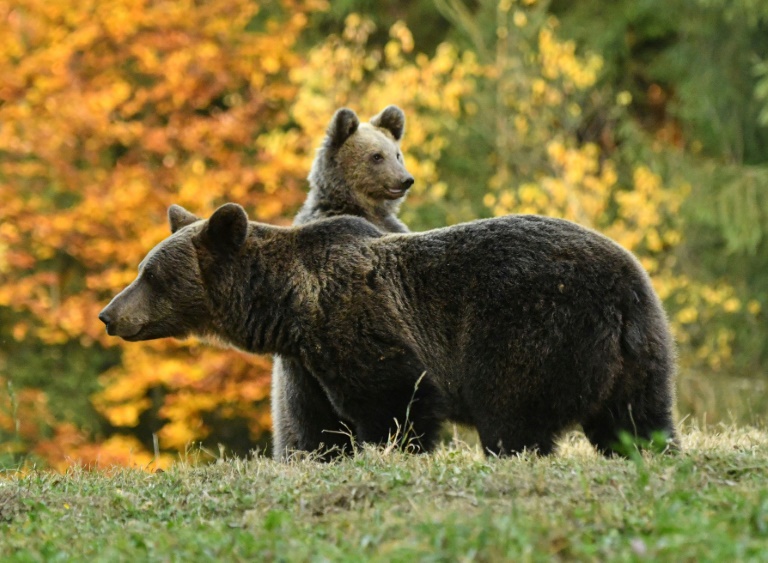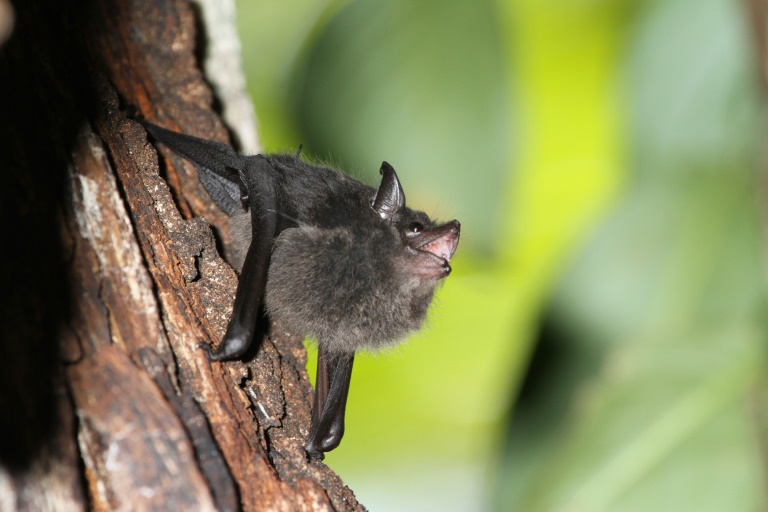Grace to regain hurricane force after lashing Mexico's Yucatan
Hurricane Grace grounded flights and forced tourists to spend the night in shelters on Mexico’s white sand Caribbean coastline as it tore through the Yucatan Peninsula before barreling farther north.
Grace made landfall before dawn Thursday as a Category One hurricane — the lowest on the five-level Saffir-Simpson scale — near the town of Tulum, famed for its Mayan temples.
After initially losing strength, Grace’s winds whipped back up to 70 miles per hour early Friday and it was expected to soon regain hurricane force and make a second landfall on Mexico’s Gulf coast, according to the US National Hurricane Center (NHC).
“The system is expected to regain hurricane strength this morning,” the NHC said, issuing a hurricane warning for the coast of mainland Mexico from Puerto Veracruz to Cabo Rojo.
“After landfall, Grace should weaken rapidly as it moves into the mountains of central Mexico.”
As of 0900 GMT, it was centered about 215 miles (345 kilometers) northeast of Veracruz, Mexico, and heading west toward more fishing villages and resort towns at a speed of 16 mph.
As the hurricane approached Mexico, more than 6,000 tourists and residents were evacuated to storm shelters across the southeastern state of Quintana Roo, according to local authorities.
The storm passed the Riviera Maya coastline without any loss of life, said Quintana Roo governor Carlos Joaquin. He said that water and electricity were being restored across the Caribbean state.
The airport in resort hotspot Cancun had canceled over 100 flights Wednesday but resumed operations the following day even as ports remained closed, Joaquin said on Twitter.
Workers were seen clearing up fallen branches and other debris in Tulum but the town escaped major damage.
“The scare is over and luckily everything turned out OK,” said Sandra Rodriguez, a 39-year-old Argentinian tourist visiting Cancun.
Rodriguez admitted she had been worried because she was not used to such storms.
“I thought the hurricane was going to drown us,” she said.
– Blackouts, minor damage –
Electricity was cut off to almost 150,000 people, Joaquin said, but by late Thursday the Federal Electricity Commission said supply had been restored to 63 percent of affected users in Campeche, Quintana Roo, and Yucatan.
Cancun’s hotel zone was largely deserted at dawn as intense wind and rain caused some damage to structures on the beach, which was pounded by strong waves.
In the neighboring state of Yucatan, the storm toppled trees in the city of Valladolid and damaged some of the less sturdy buildings, according to images released by local authorities.
After it crosses the Yucatan, the storm is expected to move over the southwestern Gulf of Mexico before hitting the state of Veracruz, where a hurricane warning was in effect.
“Preparations to protect life and property should be rushed to completion,” the NHC said.
Heavy rainfall is likely to continue to buffet the area, with flash flooding and possible mudslides expected, the NHC said.
The storm surge will be accompanied by “large and destructive waves” near the coast, it warned.
It added that “life-threatening surf and rip current conditions” could continue into the weekend.








